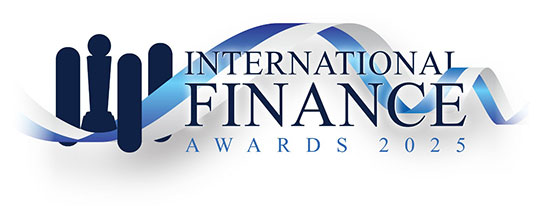According to the International Monetary Fund’s (IMF) most recent World Economic Outlook Update, growth in the Middle East and North Africa (MENA) region is predicted to increase from 1.8% in 2023 to 2% in 2024 and 4% in 2025.
The report states that these figures have been revised lower than those that were released in April of 2023, which indicated growth of 2.7% in 2024 and 4.2% in 2025.
Global Growth
According to the World Economic Outlook (WEO) forecast from April 2024, global growth would reach 3.2% in 2024 and 3.3% in 2025.
However, as cyclical factors fade and activity becomes more in line with its potential, the varied momentum in activity at the beginning of the year has helped to somewhat narrow the output divergence across economies.
The inflation of services prices is impeding the deflation process and making the normalisation of monetary policy more difficult. Because of the growing trade tensions and policy uncertainty, upside risks to inflation have escalated, potentially leading to higher for even longer interest rates.
Careful sequencing of the policy mix is necessary to achieve price stability and replenish depleted buffers to manage these risks and maintain growth.
Predictions On Trade And Inflation
Global trade growth is predicted to resume its alignment with global GDP growth in 2024–2025, having reached a quasi-standstill in 2023.
This year’s first quarter surge is anticipated to abate as manufacturing stays muted. Even though trade barriers have increased and hampered trade between geopolitically separated blocs, the projection calls for a stable global trade-to-GDP ratio.
According to the updated forecast, the rate of disinflation in advanced economies will slow down in 2024 and 2025. This is because it is now anticipated that commodity prices will rise and service price inflation will be more enduring.
Nonetheless, by the end of 2025, headline inflation should return to target due to the labour markets’ gradual cooling and the anticipated drop in energy prices.
Compared to advanced economies, inflation is predicted to stay higher in emerging markets and developing economies and to decline more slowly.

